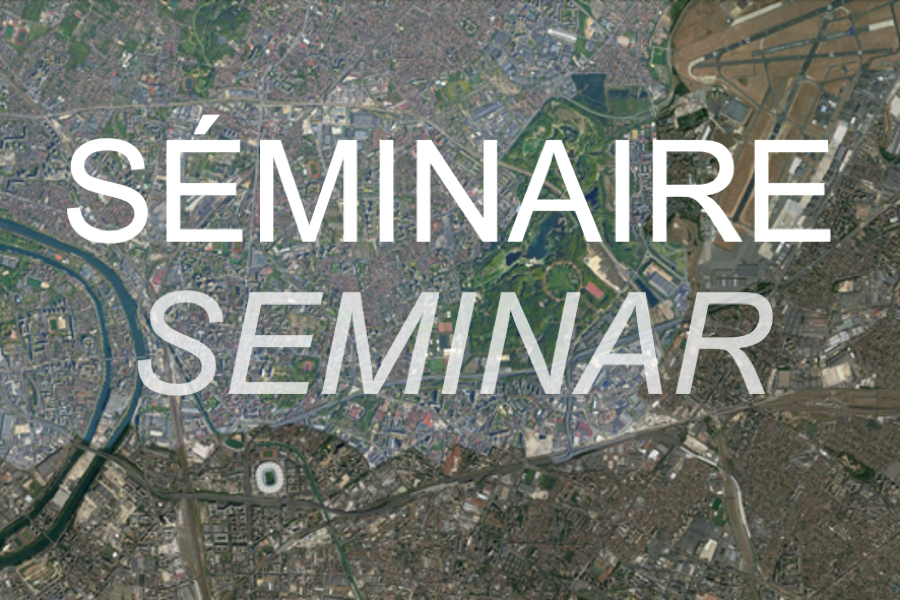
Seminar with Peter Reuter « How will European drug markets be affected by the Taliban opium ban? Illustrating a new approach to drug market analysis », 07.12.2023
1 décembre 2023Marcela Alonso Ferreira, «The Bureaucratic Politics of Urban Land Rights: (Non)Programmatic Distribution in São Paulo’s Land Regularization Policy», 2023
4 décembre 2023Pierre-Philippe Combes, Clément Gorin, Shohei Nakamura, Mark Roberts & Benjamin Stewart, «An Anatomy of Urbanization in Sub-Saharan Africa», 2023
Le document intitulé «An Anatomy of Urbanization in Sub-Saharan Africa» par Pierre-Philippe Combes, Clément Gorin, Shohei Nakamura, Mark Roberts & Benjamin Stewart a été publié en novembre 2023 par la Banque Mondiale.
Abstract:
This paper provides a detailed descriptive analysis of patterns of urbanization across Sub-Saharan Africa for the year circa 2015. Despite the rapidity and importance of Sub-Saharan Africa’s urbanization, little is known about the anatomy of patterns of urbanization across the region due to a lack of detailed and accurate official data on urban settlements and populations. To address this gap, the paper applies a modified version of the “dartboard” algorithm to high-resolution gridded population data for the region, which is derived from digitized maps of the footprints of all buildings in the region from very high-resolution satellite imagery. This allows for a consistent definition of urban areas across all countries in the region, overcoming the measurement problems that arise from relying on official definitions of urban areas, which vary markedly across countries. Using this definition, the paper presents evidence on key empirical regularities that are related to disparities across the urban hierarchies, such as the extent of urban primacy and Zipf’s law, as well as on the internal structures of cities, such as population density gradients and the number of centers that cities possess. The paper also analyzes how these characteristics are related to key country characteristics. Finally, the paper compares the results with those that arise from the use of an alternative definition of urban areas—the degree of urbanization.

